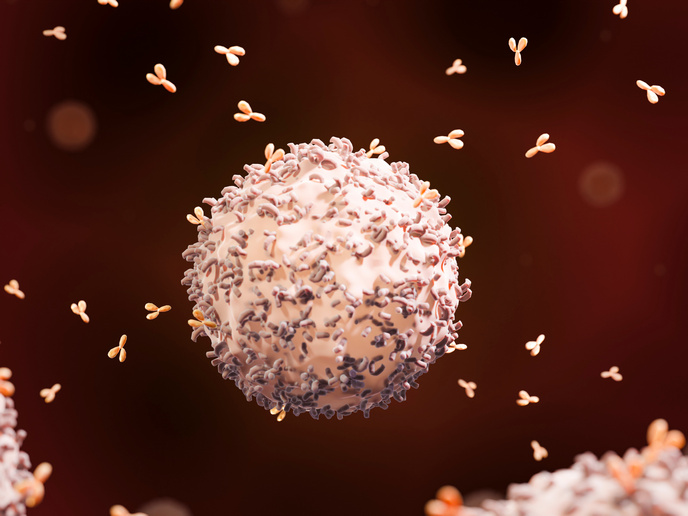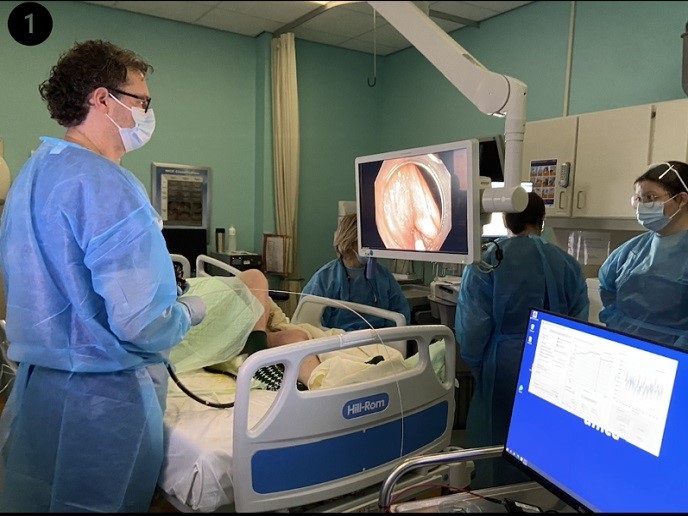Novel methods for quantifying PI3K pathway activity
Biotechnological and pharmaceutical industries’ interest has increased in the PI3K group of proteins. These proteins have been linked to various diseases that include cancer, metabolic syndromes (such as diabetes) and inflammation. The EU-funded PI3K SYSTEMS BIOLOGY project investigated the biochemical pathways downstream of PI3K proteins in cells that had been treated with various kinase inhibitors. Detailed characterisation of PI3K biochemical functions in health and disease could enable their use as therapeutic targets. To this end, researchers used state-of-the-art mass spectrometry techniques to simultaneously detect and quantify thousands of phosphorylation sites on proteins. This system allowed the unbiased investigation of kinase signalling without any system perturbation. After optimising the biochemical extraction procedures for enrichment of phosphopeptides, researchers modified software for the analysis of mass spectrometry data. This robust label-free phosphoproteomics’ was licensed to a spinoff company of the host university to provide services to biotechnology and pharmaceutical client companies. Novel phosphorylation sites modulated by different inhibitors that target specific PI3K isoforms, as well as sites downstream of PI3K inhibitors in leukaemia were identified. Results revealed that cancer cell response to kinase-inhibiting drugs depended on the overall kinase network activity and not only the targeted pathway. Measuring kinase pathways’ activities within the network would aid in selecting the optimal therapy for each cancer patient. This concept was demonstrated by obtaining the phosphoproteomic signatures of primary leukaemias to predict the sensitivity of these cells to PI3K inhibitors.







